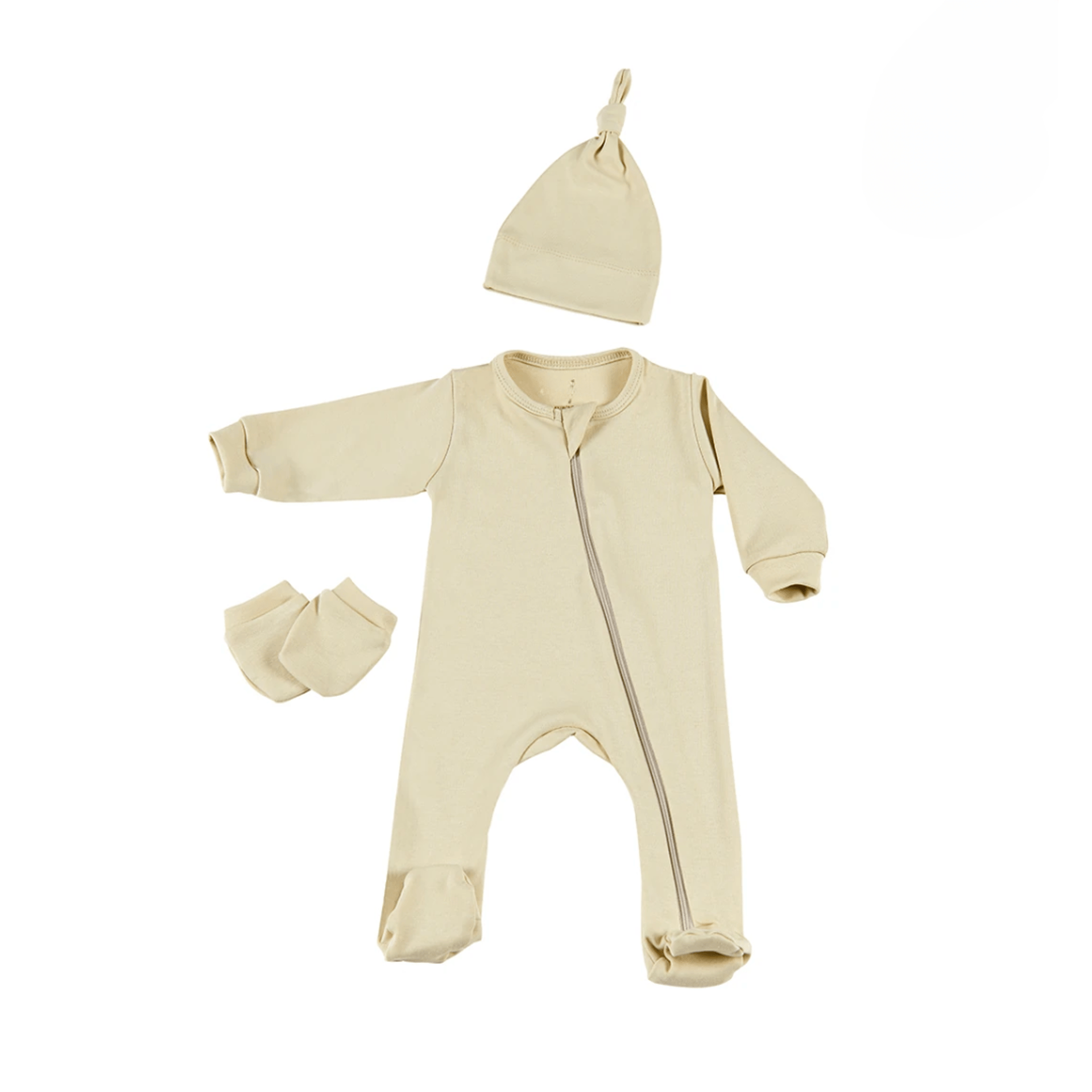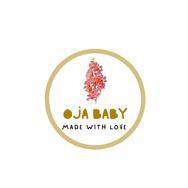
Understanding the Impact of Phthalates in Baby Clothing: Why Organic Cotton is the Safer Choice
Some concerns are nearly invisible—present not in what we see or touch, but in what’s hidden in the things we trust most, like the softness of a baby’s clothing. As conversations about children’s health grow in detail and awareness, one word continues to surface: phthalates. Phthalates are a group of chemicals commonly used as plasticizers in various products, including clothing. They are known for their ability to make materials more flexible and durable. Often tucked away on the technical side of a product label, their influence runs deeper than many realize, especially for developing skin and bodies.
4/21/20252 min read


What Are Phthalates, and Why Are They Used?
Phthalates are a group of chemicals commonly used to increase the flexibility and durability of plastics. In the textile world, they sometimes appear in synthetic prints, waterproof coatings, and even as additives in dyes or decorations on baby clothing. Their presence often isn’t advertised; it’s woven into the manufacturing process, a silent ingredient that very young consumers cannot choose for themselves.
Why Are Phthalates a Concern for Babies?
The main worry about phthalates, especially for infants and young children, is their ability to migrate out of materials and into the body through skin contact or even mouthing behaviors. Babies, with their rapidly developing organs and highly absorbent skin (Vogt et al., 2020), are especially vulnerable to environmental risks.
Scientific studies published in Environmental Health Perspectives and summarized by the U.S. Centers for Disease Control and Prevention (CDC) have linked certain phthalates to hormone disruption, developmental issues, and increased risk of allergies and eczema (Sathyanarayana et al., 2008; CDC, 2023). While regulations in Europe have restricted the use of some phthalates in toys and childcare articles, their presence in untreated textiles—especially those not certified organic—remains a documented risk.
What Makes Organic Cotton Different?
Certified organic cotton garments, regulated under standards such as the Global Organic Textile Standard (GOTS), strictly prohibit the use of phthalates and most other harmful chemical treatments at every stage, from farm to finished fabric. These standards also restrict hazardous dyes and finishes, prioritizing non-toxic processes and traceability.
Organic cotton isn’t just about what’s added—but what’s left out. Choosing GOTS-certified organic clothing gives families peace of mind: the assurance that no invisible, uninvited guests like phthalates are hiding in the fabric against a baby’s skin.
A Thoughtful Choice, Layer by Layer
For those seeking a gentle start for their babies, knowledge is the first step. Taking time to choose organic cotton is a small act with lifelong ripple effects—not a reaction to fear, but a move toward transparency and safety. In a world full of hidden additives and long ingredient lists, there’s comfort in knowing exactly what wraps around those first months and years.
References:
Sathyanarayana, S., et al. (2008). Baby Care Products: Possible Sources of Infant Phthalate Exposure. Pediatrics, 121(2), e260-e268.
Vogt, P. M., et al. (2020). Pediatric Dermatology.
Centers for Disease Control and Prevention (CDC). (2023). Factsheet: Phthalates.
